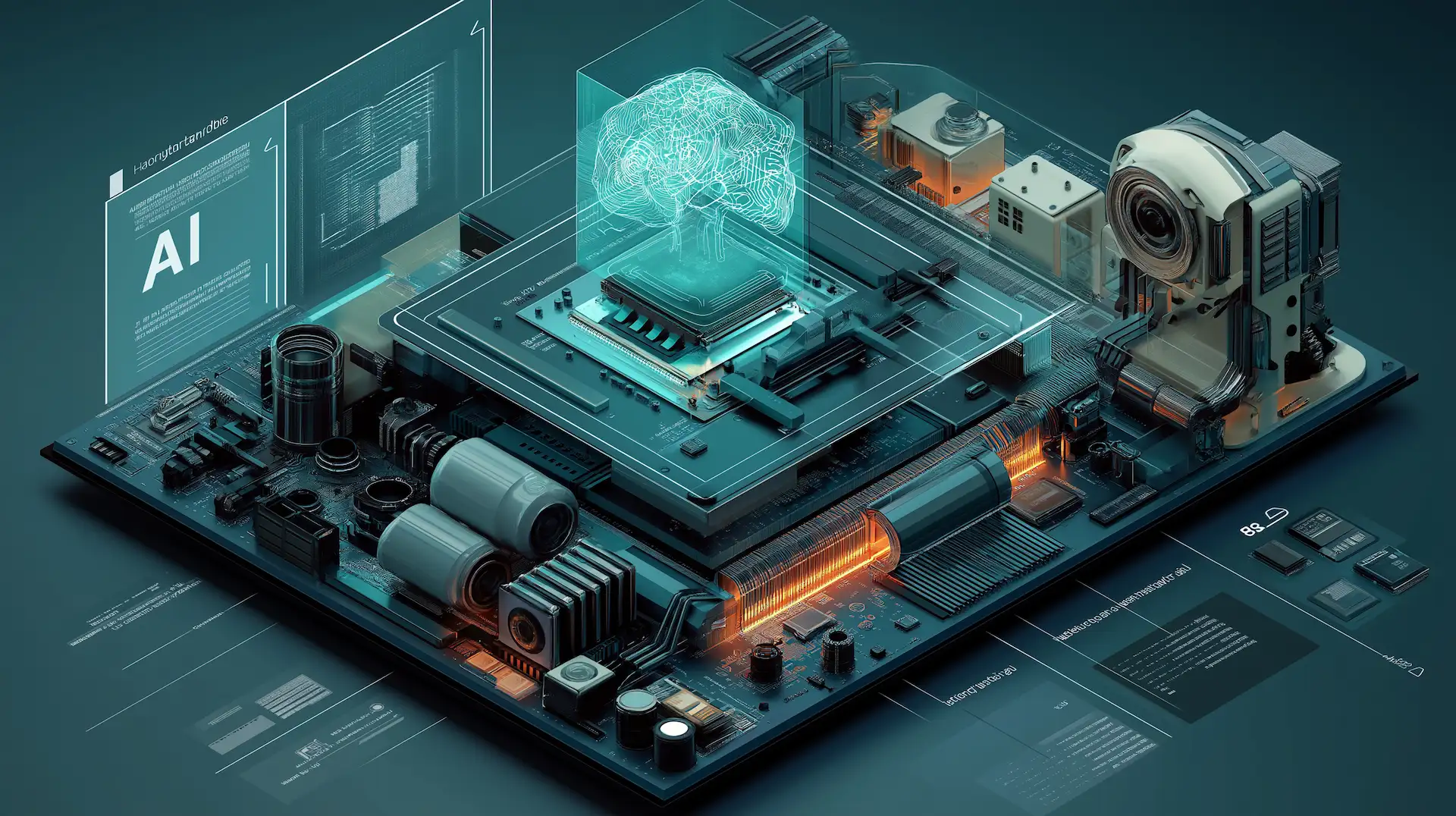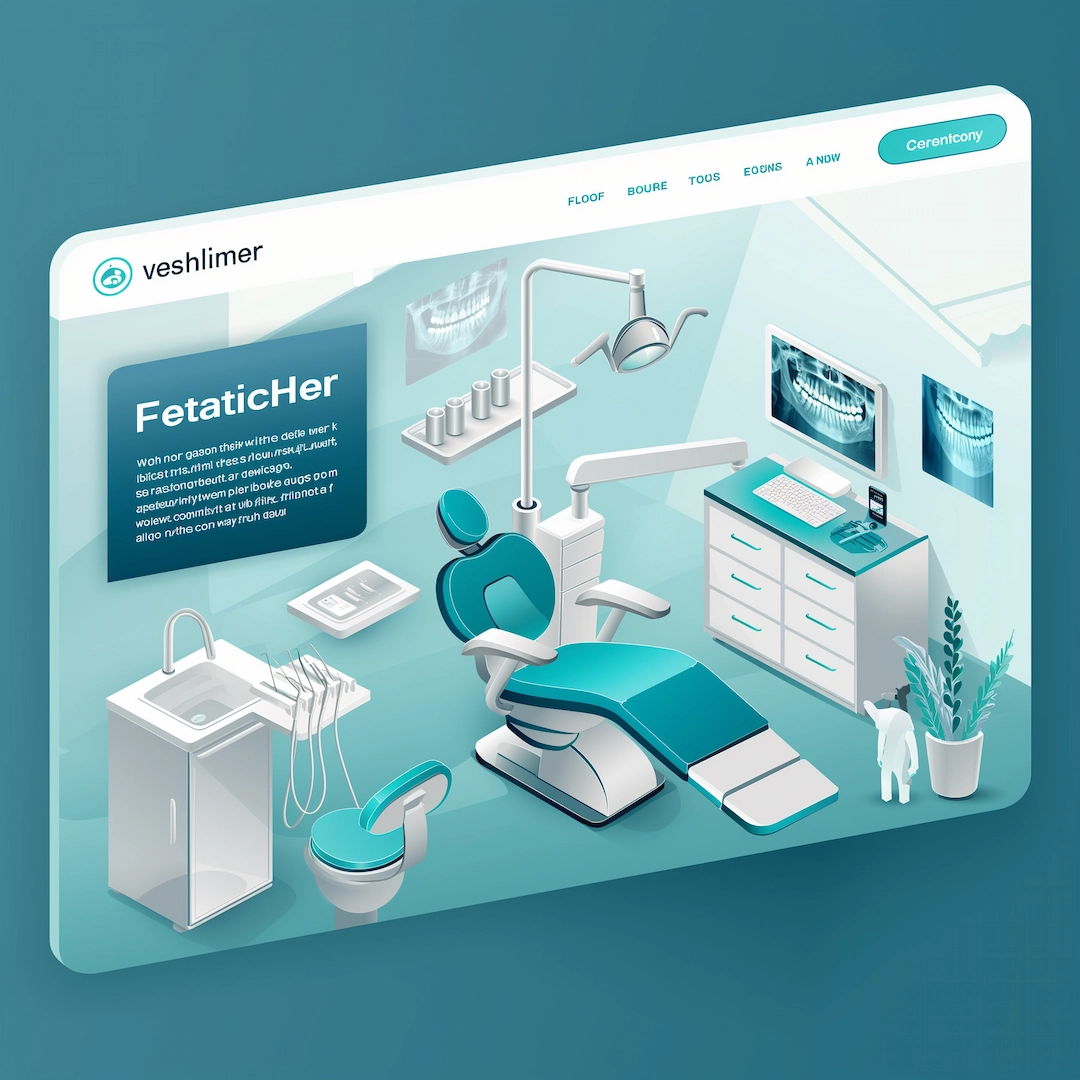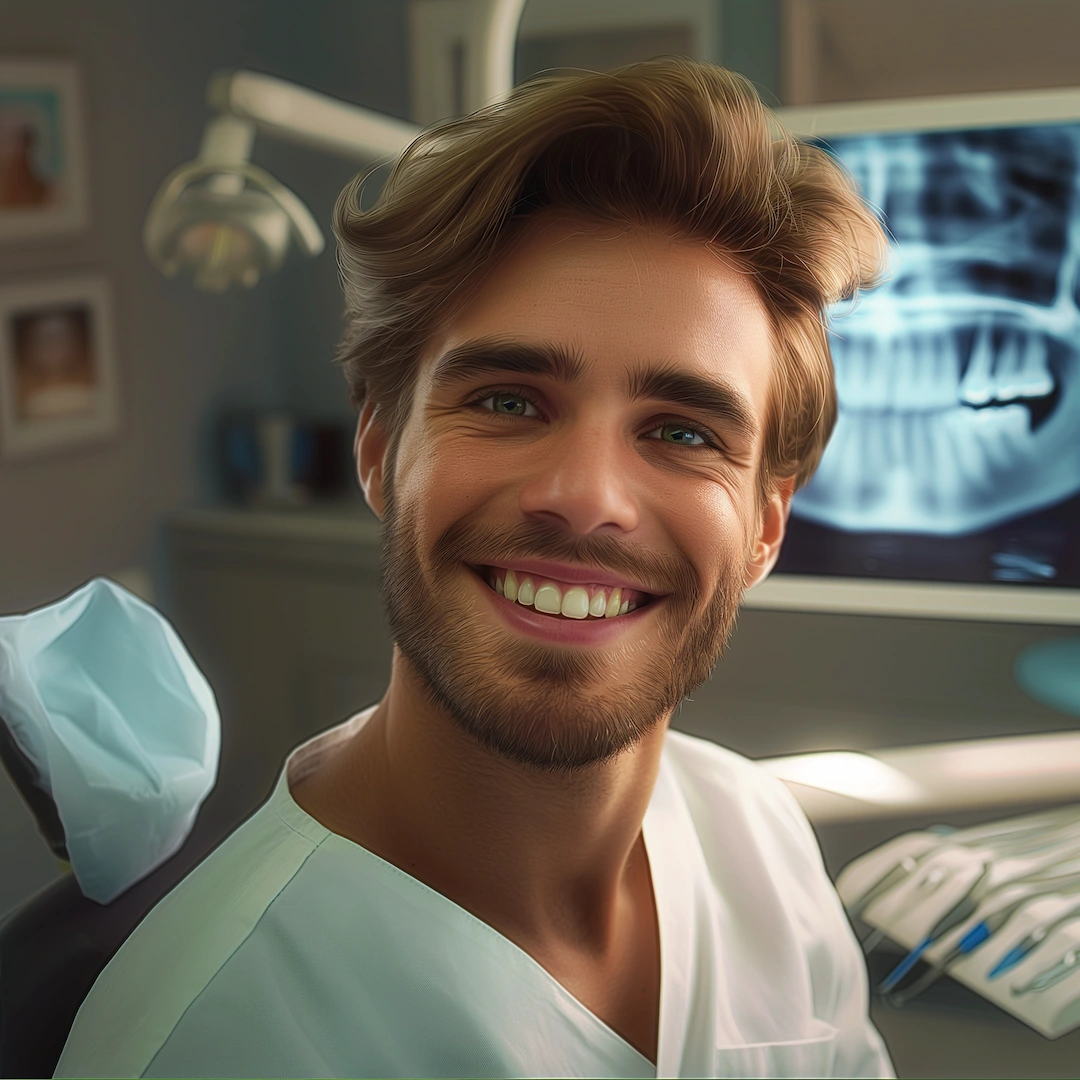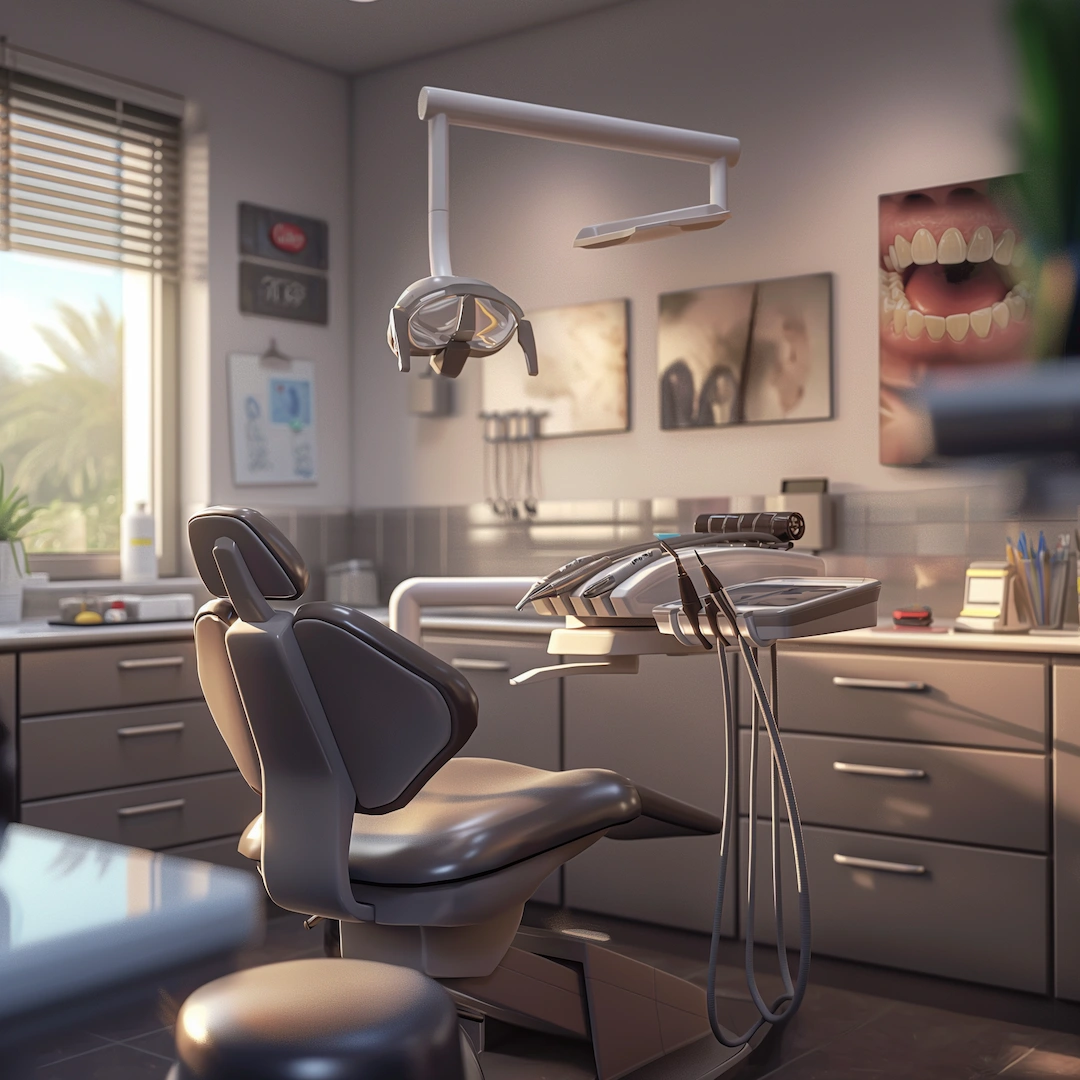
You’ve likely heard all the hype in recent years around artificial intelligence in healthcare – so, is the hype just more marketing hype, or can you actually use AI in healthcare in meaningful ways to produce positive improvements in your business results?
18.4% of healthcare workers had used ChatGPT for healthcare purposes… [and] 75.1% were comfortable with incorporating ChatGPT into their healthcare practice.
Healthcare
First, let’s quickly review the basics of AI, according to the University of Wolverhampton:
- Artificial Narrow Intelligence (ANI) is programmed to produce specific, or narrow, functions, such as speech recognition or vision recognition. The most well-known types include Amazon’s Alexa, Apple’s Siri, or ChatGPT by OpenAI. ANI is being developed in healthcare applications to analyze medical records and assist in diagnosing diseases.
- Artificial General Intelligence (AGI) is being programmed to perform intellectual tasks in similar ways to humans, adapting to new situations and learning across various fields. AGI is still in development with various predictions on when this technology will be fully realized, with some (e.g. Musk, Altman) predicting as early as 2025-26, and others predicting much later or never.
- Artificial Super Intelligence (ASI) would theoretically operate beyond human intelligence, or our ability to understand its reasoning. This is purely a hypothetical concept used in academic thought experiments, as no system has yet achieved ASI.
For now, the most commonly available AI technology available in the marketplace includes ANI, such as Amazon’s Alexa or Apple’s Siri, or a specific type of ANI often called Generative Artificial Intelligence, such as ChatGPT.
Generative AI technology is quickly expanding in popularity as it can be applied to many use-cases, such as generating written text, photography, art, videos, audio, music and more. This has tremendous value for creativity and business applications.
Other growing applications of AI include medical image analysis, data mining and natural language processing using large language models (LLM). Machine learning (ML) algorithms are also programmed to identify patterns in medical data and create models that can make health predictions or decisions.
The use of AI technology in various industries, including dental, medical and healthcare, seems to be inevitable. A recent study in the journal Healthcare (2023) found that 18.4% of healthcare workers had used ChatGPT for healthcare purposes, with that number quickly growing, as another 84.1% of non-users expressed interest in utilizing ChatGPT in the future. Most participants (75.1%) were comfortable with incorporating ChatGPT into their healthcare practice.
Here, we’ll explore how to incorporate this technology ethically, safely and effectively to add value to your dental, medical or healthcare practice.

Applications of Artificial Intelligence (AI) in Dentistry
AI has the potential to revolutionize health care and improve dental care.
Cureus
According to a recent paper published by the journal Cureus (Apr, 2023):
“ChatGPT has numerous applications in the health care system including dentistry; it is used in diagnoses and for assessing disease risk and scheduling appointments. It also has a role in scientific research. In the dental field, it has provided many benefits such as detecting dental and maxillofacial abnormalities on panoramic radiographs and identifying different dental restorations. Therefore, it helps in decreasing the workload.”
Furthermore, the authors of the paper expand that with any emerging new technology, there are both aspirations and apprehensions on its use. But, despite these concerns, AI has the potential to “revolutionize health care and improve dental care”.
Specifically, AI is being used in dentistry to detect and classify dental diseases:
“AI has already shown high accuracy, sensitivity, specificity, and precision in detecting and classifying malocclusion in orthodontics. Additionally, AI can automatically classify dental restorations on panoramic radiographs and detect dental and maxillofacial abnormalities such as periodontal diseases, root caries, bony lesions, and facial defects.”
In addition to disease diagnosis, AI is also being used for treatment planning and evaluation. Specifically, a subset of AI known as machine learning (ML) is programmed to identify patterns in data, and a specific type of ML, known as deep learning (DL), is based on artificial neural networks, inspired by the human nervous system.
These neural networks have various applications in dentistry, including:
- Restorative: “they can detect tooth decay or restorations and aid in selecting the appropriate caries excavation method. Kühnisch et al. concluded that using a standardized, single-tooth photograph and the AI method can result in caries detection with over 90% accuracy.”
- Endodontics: “they can detect periapical lesions and root fractures, evaluate root canal systems, predict the viability of dental pulp stem cells, determine working length measurements, and forecast the outcome of retreatment procedures.”
- Orthodontics: “neural networks can help diagnose and plan treatments, mark cephalometric points, analyze anatomy, assess growth and development, and evaluate treatment results.”
- Dental Surgery: “they can assist in planning orthognathic surgery, predict post-extraction complications, detect bone lesions, and plan dental implant treatments.”
Applications of ChatGPT in Dentistry
ChatGPT can provide patients with reliable and accurate information about dental health and hygiene that caters to their specific needs. It can also serve as an educational resource for students and professionals in the field by providing a vast amount of knowledge and information.
Balel et al.
ChatGPT is a form of generative AI that receives text prompts as inputs and produces or generates outputs as written text or information. The quality of the outputs produced by ChatGPT are based on the quality, or accuracy, of the inputs of data given to the model.
Each new model has improved accuracy in the information it produces or generates. For example, a recent paper published by Nature (Apr 2024), tested ChatGPT 3.5 (released Nov 2022) compared to ChatGPT 4.0 (released Mar 2023) on its ability to answer questions from the United States Medical Licensing Exam (USMLE) Step 2, as well as its ability to generate a differential diagnosis based on corresponding clinical vignettes from published case reports:
- ChatGPT 3.5: 47.7% accuracy
- ChatGPT 4.0: 87.2% accuracy
Further, OpenAI has released their latest model, ChatGPT-4o, on May 2024, which has been shown in studies to be 92.4% accurate in data extraction.
Balel et al. evaluated the use of the information generated by ChatGPT in the field of oral and maxillofacial surgery. The authors found that “ChatGPT shows promise as a means of providing patient information for oral and maxillofacial surgery.” However, the authors cautioned dental surgeons to consider using ChatGPT as “an addition to their practical knowledge and experience.”
You can consider AI models, like ChatGPT, similar to a junior employee in your business that needs training and oversight, but can produce great results with supervision. They can perform additional functions to help support your team, even when your business is closed:
“ChatGPT can provide patients with reliable and accurate information about dental health and hygiene that caters to their specific needs. It can also serve as an educational resource for students and professionals in the field by providing a vast amount of knowledge and information. Furthermore, ChatGPT can assist dentists with personalized patient care, scheduling, billing, diagnosis, and treatment planning, as well as monitoring patients’ dental health and hygiene by providing regular reminders and check-ins.”
The authors also remind us to consider the limitations of using ChatGPT, mainly:
“While it can provide accurate information and advice, it cannot provide personalized care, emotional support, or physical treatments. Hence, ChatGPT should be seen as a supplementary tool in dentistry, not a replacement for in-person care.”
ChatGPT can assist dentists with personalized patient care, scheduling, billing, diagnosis, and treatment planning, as well as monitoring patients’ dental health and hygiene by providing regular reminders and check-ins.
Balel et al.

Applications of Artificial Intelligence (AI) in Medicine
ChatGPT successfully passed the USMLE and can solve internal medicine case files, indicating its versatility and potential for future clinical applications.
Harvard Medical School
According to Harvard Medical School, “ChatGPT successfully passed the USMLE and can solve internal medicine case files, indicating its versatility and potential for future clinical applications. In fact, Google and DeepMind developed the Med-PaLM language model trained on several existing medical Q&A datasets to offer ‘safe and helpful answers’ to questions posed by health care professionals and patients.”
According to Google Research, “Med-PaLM is a large language model (LLM) designed to provide high quality answers to medical questions.”
Google’s first version of Med-PaLM, preprinted in late 2022 and published in Nature in July 2023, was the first AI system to surpass the pass mark (>60%) in the U.S. Medical Licensing Examination (USMLE) style questions. According to Google, “Med-PaLM also generates accurate, helpful long-form answers to consumer health questions, as judged by panels of physicians and users.”
Harvard Medical School informs that “language models, like ChatGPT and Med-PaLM, generate responses in a conversational manner to written statements, referred to as prompts, entered by users in a chat window. This is achieved without the need for coding, as the models utilize their training and data to generate contextually relevant responses.”
Furthermore, according to IBM, the most common roles of artificial intelligence in medical settings are clinical image support and imaging analysis. IBM states that “clinical decision support tools help providers make decisions about treatments, medications, mental health and other patient needs by providing them with quick access to information or research that’s relevant to their patient.”
Med-PaLM is a large language model (LLM) designed to provide high quality answers to medical questions.
Google Research
Limitations of AI in Healthcare Practice
Although AI technology has various useful applications in your healthcare practice, like any new technology, it comes with limitations. As stated above, the quality of the outputs is based on the quality of the inputs. So, using an older model with outdated datasets will produce inaccurate results. You can mitigate this risk by using the latest models and datasets.
Another limitation with using any AI tool is ensuring data privacy, especially in the fields of dentistry, medicine and healthcare, where there are strict data privacy rules on handling patient data. The best way to mitigate this risk is to ensure that no patient data is handled by third-party technology tools, unless they’ve been specifically engineered for healthcare applications.
Most popular AI tools, like ChatGPT, haven’t been engineered for healthcare applications, so sharing sensitive patient data will put your practice at risk. In the examples above, these large language models were used in research settings where datasets were fully anonymized and no identifying patient information was present.
In recent years, there has been a growing number of technology providers developing software applications specifically for dentistry, medicine and healthcare, with strict data privacy rules in place to ensure their products are HIPAA compliant and meet the standards set by provincial colleges on data privacy. If you decide to implement AI technology in your practice, ensure you select technology partners with software specifically engineered for dentistry, medicine and healthcare.

Top 5 Applications of AI in Dental and Medical Marketing
Now that we’ve explored various ways that AI and ChatGPT can be implemented in your dental and medical practice, how can we use these technologies to create the best dental marketing or the top medical marketing strategies to grow your healthcare practice?
Here are the top 5 ways to use AI technology in your healthcare marketing to grow your practice:
- Evaluate website and provide recommendations for increasing search rankings
- Generate patient education materials and digital content to attract new patients online
- Connect with website visitors using AI chatbot to answer questions and collect leads
- Analyze phone calls to evaluate appointment booking outcomes and staff performance
- Capture and evaluate patient feedback using sentiment analysis to identify trends
1. Evaluate Website and Provide Recommendations for Increasing Search Rankings
There are a growing number of AI tools developed to evaluate your dental or medical website, including your on-page SEO and content, and provide audit reports and recommendations for improving your content to increase your rankings.
For example, Optiimus uses advanced AI tools for dental, medical and healthcare SEO that evaluate your website’s SEO score with 300 data points analyzed. Then, these tools provide an in-depth SEO analysis of your website, keyword data of high-volume keywords, snippet editor to customize page titles and meta descriptions of each web page, add structured data, breadcrumb controls, readability analysis, advanced schema generator and more.
Our AI tool integrates with your Google Search Console account, providing an in-depth view of the keywords you rank for in Google, your sitemap status and any technical indexing issues. We also integrate Google’s URL Inspection API data inside of your website to display Google’s perspective of your Site’s Overall Presence, Index Stats of your content and more.
2. Generate Patient Education Materials and Digital Content to Attract New Patients Online
80% of Internet users search for health information online.
Frontiers of Public Health journal
One of the most well-known AI models today is ChatGPT, a type of generative AI that produces or generates text outputs from text-based inputs, or prompts. Generative AI tools, like ChatGPT, are becoming more commonly used in various applications to generate patient education materials and digital content to attract patients online searching for information.
According to a study published in the Frontiers of Public Health journal, “about 80% of Internet users search for health information online.”
In another study the authors found that “ChatGPT shows promise as a means of providing patient information for oral and maxillofacial surgery.” However, the authors cautioned dental surgeons to consider using ChatGPT as “an addition to their practical knowledge and experience.”
In other words, using generative AI models can be helpful tools to create patient information and other forms of digital content, but they need to be carefully used to ensure they provide accurate information that protects your patients and practice.
For example, instead of asking ChatGPT to generate an entire article, you could ask it to generate a detailed content outline that includes all the topics your audience will expect when searching for a specific keyword. The content outline can include headings and subheadings, which will provide you with an initial framework for completing the article using your own knowledge and experience.
Also, you can consider asking ChatGPT to write your title tags and meta descriptions for each web page, ensuring they’re optimized for SEO with your target keywords.
In addition to generating text-based content, generative AI models are also creating photos, images, artwork, videos, audio, music and all forms of creative digital content. This trend will undoubtedly produce interesting, unique and creative digital content online.
Some of the most popular generative AI models that produce images include DALL-E-3, Midjourney, Stable Diffusion and Adobe Firefly, while the popular AI models that produce videos include Synthesia, Runway, Deepbrain and Sora.
Using AI tools to create digital content can be a useful strategy in dental and medical marketing, but only if that content genuinely adds value for your audience. The goal of content marketing is to produce digital content that your audience finds valuable and is actively searching for online. This attracts new visitors to your website, searching for information or digital content to learn about their health.
3. Connect with Website Visitors Using AI Chatbot to Answer Questions and Collect Leads
The global healthcare chatbot market is expected to grow at a compounded annual growth rate (CAGR) of 23.9% from 2023 to 2030.
Grandview Research
Many website visitors have a quick question, but don’t want to call or email, as it’s too cumbersome or time consuming; they would rather chat using live chat software, as it’s quick and convenient.
Live chat software connects your website visitors to your front desk team, providing great customer service while increasing appointment bookings. Website visitors can ask questions about your dental clinic, services, practitioners, and more. This new line of communication provides a convenient patient experience, alleviating their concerns before booking an appointment.
But, many website visitors will ask similar questions, which slows down your team’s productivity. They’ll ask questions related to your healthcare services, hours of operation, insurance coverage, parking availability, and more. These repetitive questions can be a time burden for your already busy team.
You can provide additional support to your team with an AI chatbot, such as Optiimus AI Chatbot, which provides a medical AI chatbot engineered to interact with healthcare patients. Our AI chatbot answers your patient’s frequently asked questions and guides visitors to book an appointment. Your team can monitor the chat, jump in, or let the AI chatbot answer questions and book appointments.
There’s a growing trend of using AI chatbots in dental, medical and healthcare settings. According to Grandview Research, the global healthcare chatbot market is expected to grow at a compounded annual growth rate (CAGR) of 23.9% from 2023 to 2030. Furthermore, about 88% of all people in another survey had a first-hand experience and chatted with an AI chatbot in 2024, with 80% reporting they had a positive experience.
The main benefit of using AI chatbots in your practice is that they provide additional sales and customer service support – 24 hours per day, 7 days per week. They work like an extra employee, but even when your clinic is closed on evenings and weekends.
Although humans are still preferred to answer complex questions, AI chatbots are often preferred in answering quick questions with no hold times any time of the day. The reason there’s no hold times is because the same AI chatbot can communicate with multiple people at the same time!
4. Analyze Phone Calls to Evaluate Appointment Booking Outcomes and Staff Performance
Many potential patients will call your dental clinic or medical practice, but not every caller will book an appointment. What’s the reason the caller didn’t book? It may be related to your treatment services offered, pricing objections, scheduling conflicts, clinic location, or other reasons. Understanding the caller’s reasons for not booking an appointment is valuable information for your healthcare practice.
Our Optiimus healthcare CRM uses AI technology to listen to each call and monitor the outcome. We provide valuable information for your practice, such as the outcome of each call and the reasons for not booking. This information helps you improve your practice and healthcare services to better reflect your patient’s health needs.
In addition to phone call analysis, our healthcare CRM provides AI analytics that captures what you care about the most: new patient appointments, staff performance and your advertising’s ROI. Our CRM captures new patient leads from any digital marketing channel, measures the appointment booking rate of each staff member, and transcribes each call to provide coaching opportunities for your team.
For example, one staff member may receive 10 phone calls and book 7-8 appointments. Another staff member will receive 10 phone calls and only book 2-3 appointments. What’s the difference in their results? Why are callers more likely to book with one staff member than another?
By analyzing each phone call using AI, you can evaluate the call outcomes, potential objections to booking an appointment, and identify coaching opportunities to improve your front desk team’s performance in booking more appointments, improving your marketing ROI.
5. Capture and Evaluate Patient Feedback Using Sentiment Analysis to Identify Trends
A 5% increase in customer retention rates can result in a 25-95% increase in profits.
Bain & Company
It’s generally less expensive to retain an existing patient than to find a new one. In their famous book published by Harvard Business Press, Bain & Company found that “a 5% increase in customer retention rates can result in a 25-95% increase in profits.”
One of the best ways to improve patient retention is to improve the overall patient experience by identifying what’s working well in your practice, as well as potential problems to proactively address before they escalate. One of the easiest ways to identify potential problems is to capture patient feedback through patient surveys.
You can capture patient feedback using Optiimus Patient Satisfaction Surveys, which automatically sends out patient surveys through SMS text or email after every appointment or clinic visit. Patient survey responses are saved and stored in a digital database to be analyzed using AI technology.
Once you receive your patient’s feedback as surveys, you could receive hundreds or thousands of responses, depending on the size of your practice, which would be challenging to individually read and understand. Using AI technology, we can aggregate all of your responses into groups, clusters, themes and trends, and conduct sentiment analysis to evaluate how your patients are feeling about their experience.
By capturing your patient’s feedback over time, you can also evaluate the impact new policy changes or team members are having on your patient experience. Capturing your patient’s ‘Customer Satisfaction Score’ (CSAT) and ‘Net Promoter Score’ (NPS) across all channels provides an all-in-one metric of your patient’s experience with your practice, and willingness to refer new patients.

Artificial Intelligence (AI) in Healthcare Marketing: Conclusion
The latest advancements in artificial intelligence in healthcare technologies, such as generative AI and machine learning (ML), are providing exciting new developments for dental, medical and healthcare marketing. There’s a growing acceptance of healthcare workers, patients and the general public to interact with and use AI technologies in new ways to learn and work.
AI technology is being used in creative new applications in dentistry, medicine and healthcare, including detecting and classifying diseases, providing treatment plans and creating patient education. AI is also being creatively applied in top dental marketing and the best physical therapy marketing to accelerate tasks and provide in-depth analysis on marketing results and website optimization.
From auditing websites to providing content recommendations, AI is being used to work smarter and faster, providing a competitive advantage in many cases. AI chatbots can work 24 hours per day, 7 days per week, analyzing phone calls and patient feedback. Although there are many limitations in any emerging new technology, if used ethically and responsibly, artificial intelligence in healthcare can be a valuable addition to your team.
Frequently Asked Questions (FAQ)
How is AI used in healthcare?
AI is transforming healthcare, including treatment delivery, diagnostic analysis, and patient care. AI technology is used to analyze medical images for faster and more accurate diagnoses, predict patient health risks, personalize treatment plans to each individual, and automate routine tasks for better resource allocation.
How is AI being used in Canadian healthcare?
Some Canadian projects using AI technologies are currently being tested, including diagnosing cancer, reading x-rays, MRI, CT and PET scans, as well as monitoring wound care and making recommendations for faster healing.
Where is AI used in healthcare today?
Research and pilot programs using AI in healthcare continue to accelerate in both physical and mental health settings, including virtual clinical consultations, disease diagnosis, prognosis, medication management, health monitoring and drug discovery.
How does AI reduce human error in healthcare?
AI reduces human error in healthcare by addressing issues like work fatigue, information overload, and communication gaps. AI in healthcare can analyze large datasets quickly for accurate diagnoses and communicate clearly using natural language processing, freeing up mental space for healthcare providers to focus on critical decision making.
How can AI be biased in healthcare?
AI can be biased in healthcare in a variety of ways, including research, publishing or funding bias. One of the primary sources of bias within healthcare AI is data bias. If the input data is biased, the output generated will likely include these biases as well. We can mitigate AI bias with better data collection and management.
Can AI solve health problems?
Close to 5 billion people lack access to essential healthcare services, often due to limited resources available. Artificial intelligence in healthcare can provide additional and affordable support in solving health problems, such as diagnosing disease, analyzing reports and detecting early signs of disease.
How is AI used in the medical field?
Artificial intelligence is used in the medical field for diagnosing patients, drug discovery and development, improving communication and education between patient and provider, as well as analyzing medical documents, and providing treatment recommendations.





















